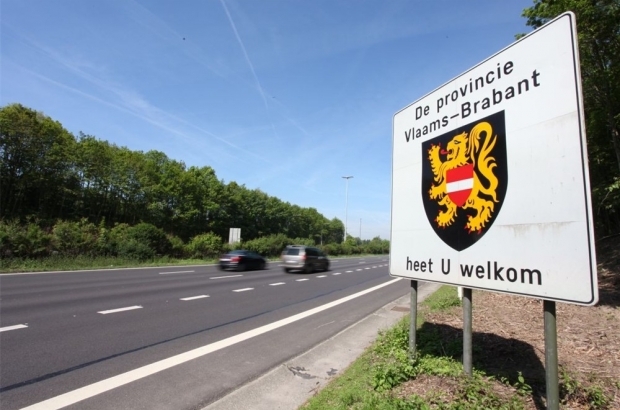- Daily & Weekly newsletters
- Buy & download The Bulletin
- Comment on our articles
Foreigners increasingly leaving Brussels for the Flemish periphery, report suggests
Foreigners who first move to Brussels are increasingly leaving the Belgian capital for its Flemish suburbs, citing the availability of more green space for children, according to a study commissioned by the Flemish government.
While urban flight is hardly a new phenomenon, especially after the pandemic prompted many people to reconsider the value of having a garden, Bruzz reports that it seems especially true for Brussels residents with a migrant background.
One couple originally from Ecuador moved to Drogenbos after living in Brussels for 15 years, telling Bruzz that “above all, we wanted to give our children a garden”.
Many are sticking to the Flemish areas just around the city, which are now becoming increasingly diverse, according to the Atlas Superdiversity Flanders, a new report that mapped the distribution, scale and evolution of diversity in Flanders and Brussels for the past 30 years.
Apart from the desire for more – and private – green space, the increasingly expensive Brussels housing market is also forcing families to the edges of the city in order to maximise space.
While the Ecuadorian couple said they would not be opposed to returning to Brussels one day, they pointed out that housing prices would likely make it impossible to do so.
The report also noted that neighbourhoods with more inhabitants of non-Belgian origin are noticeably less green and tend to be characterised by closed buildings, smaller dwellings, rentals and multi-family housing.
The population in more diverse neighbourhoods is also remarkably younger.
Sociologist Dirk Geldof, who collaborated on the report, said that a growing city must meet certain needs.
“New residents also mean new spatial and social needs, from play, sports and meeting spaces to new types of shops, extra capacity for schools or places of worship,” Geldof said. “Affordable housing is also crucial.”
The Atlas Superdiversity Flanders is the result of a collaboration between the urban planning agency Atelier Romain, the Knowledge Centre Family Sciences of Odisee University College and the research group P.PUL of the Faculty of Architecture of KULeuven.
It was commissioned by the Flemish government's environment department.



















